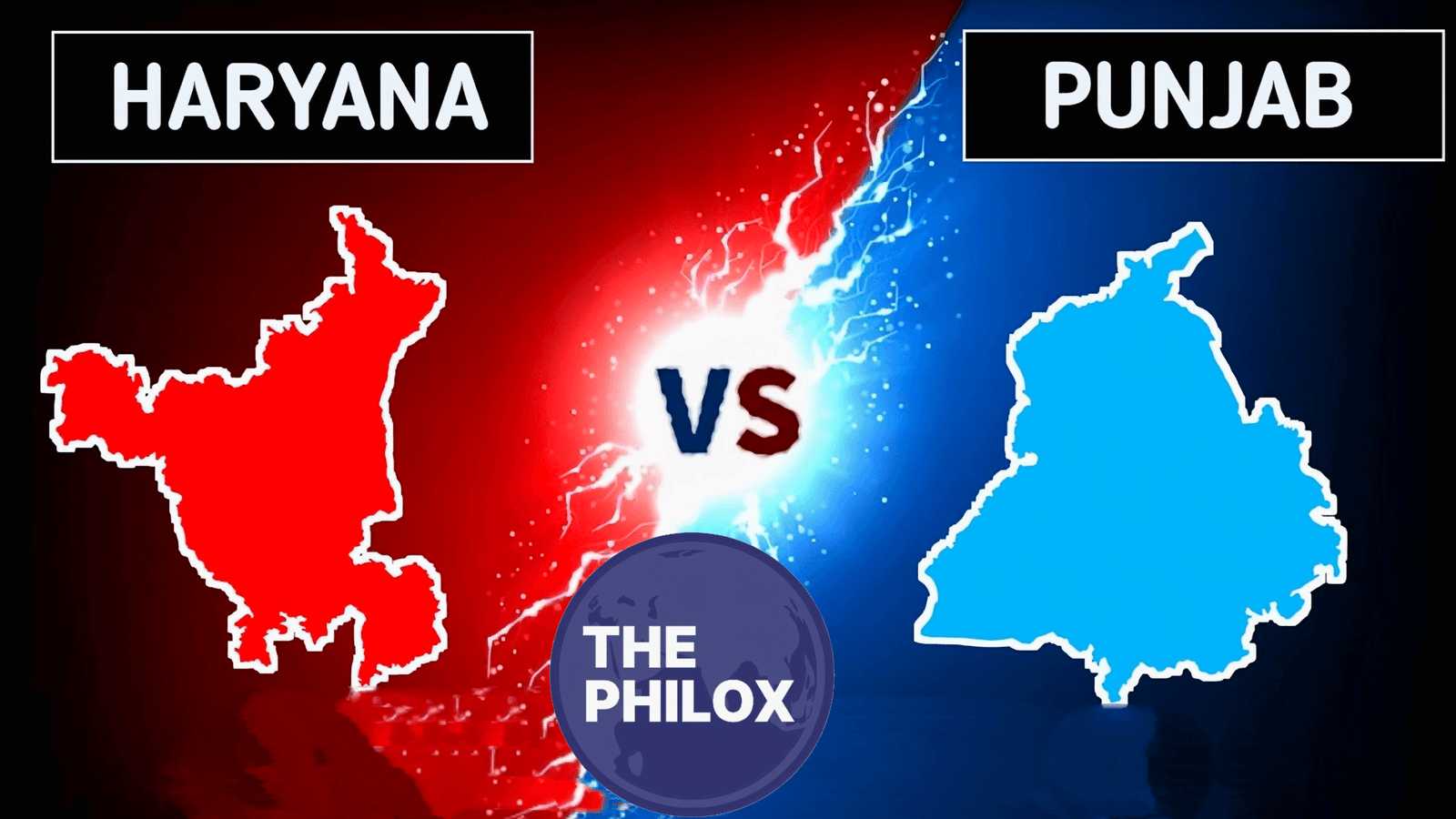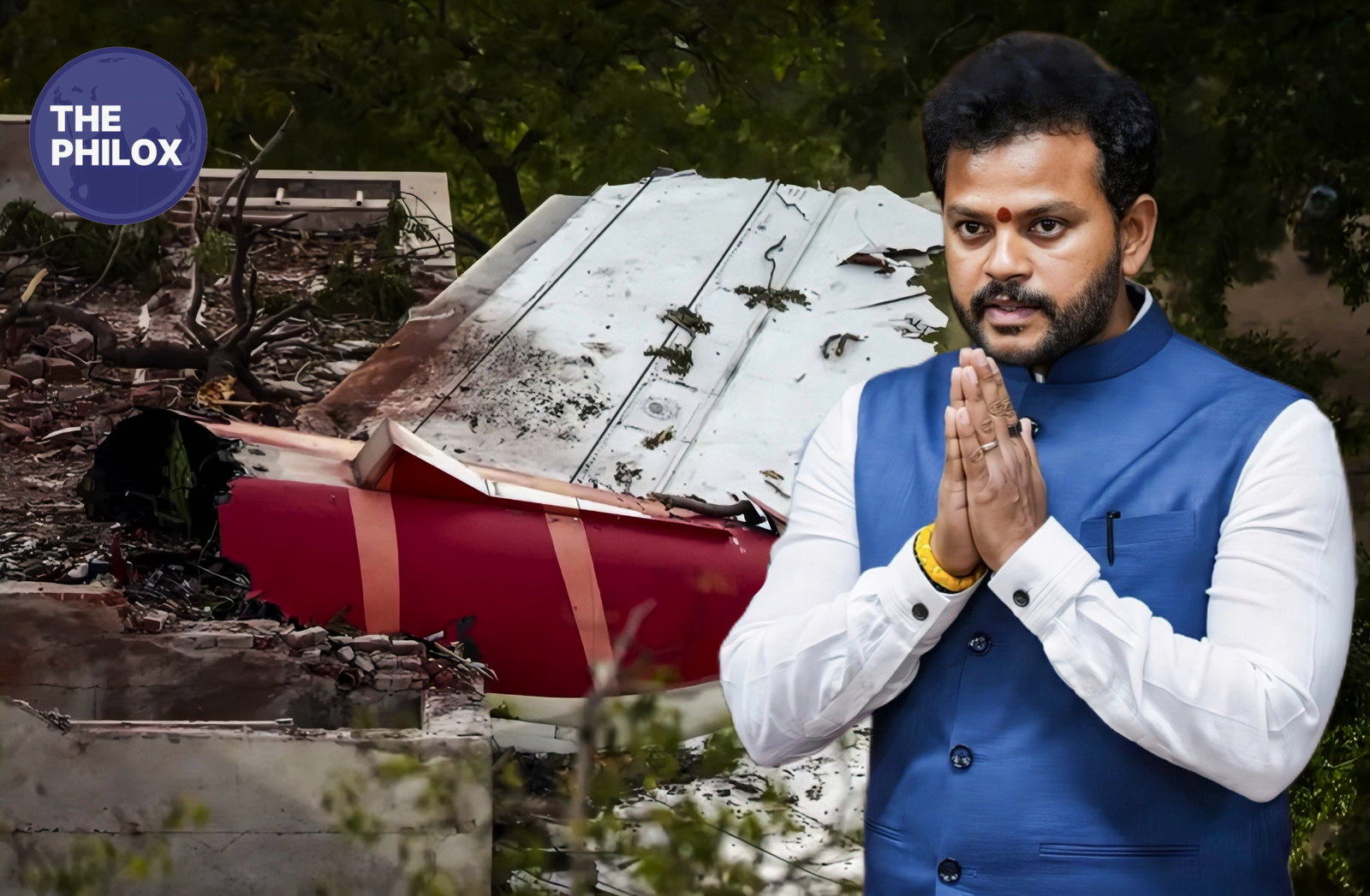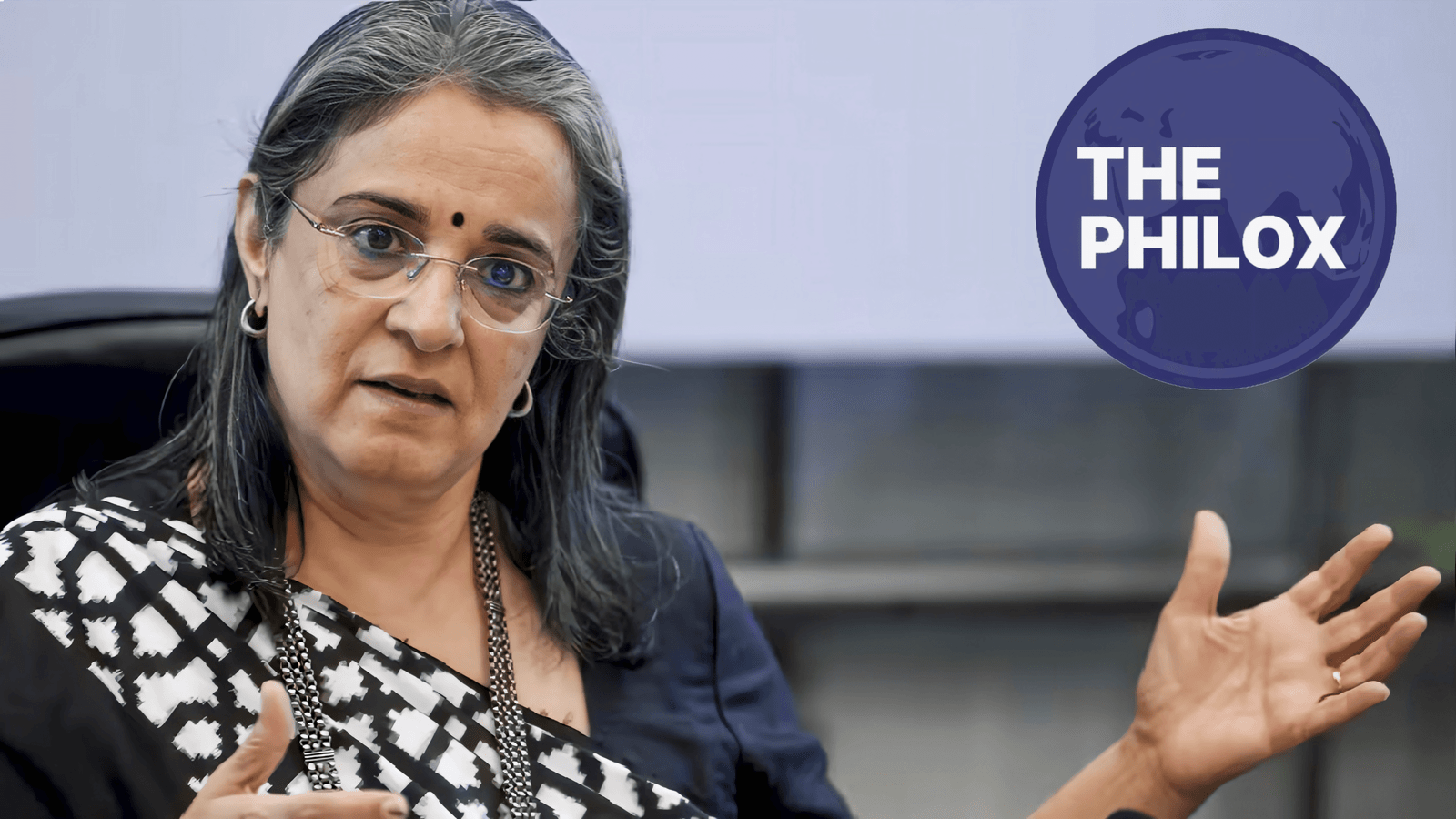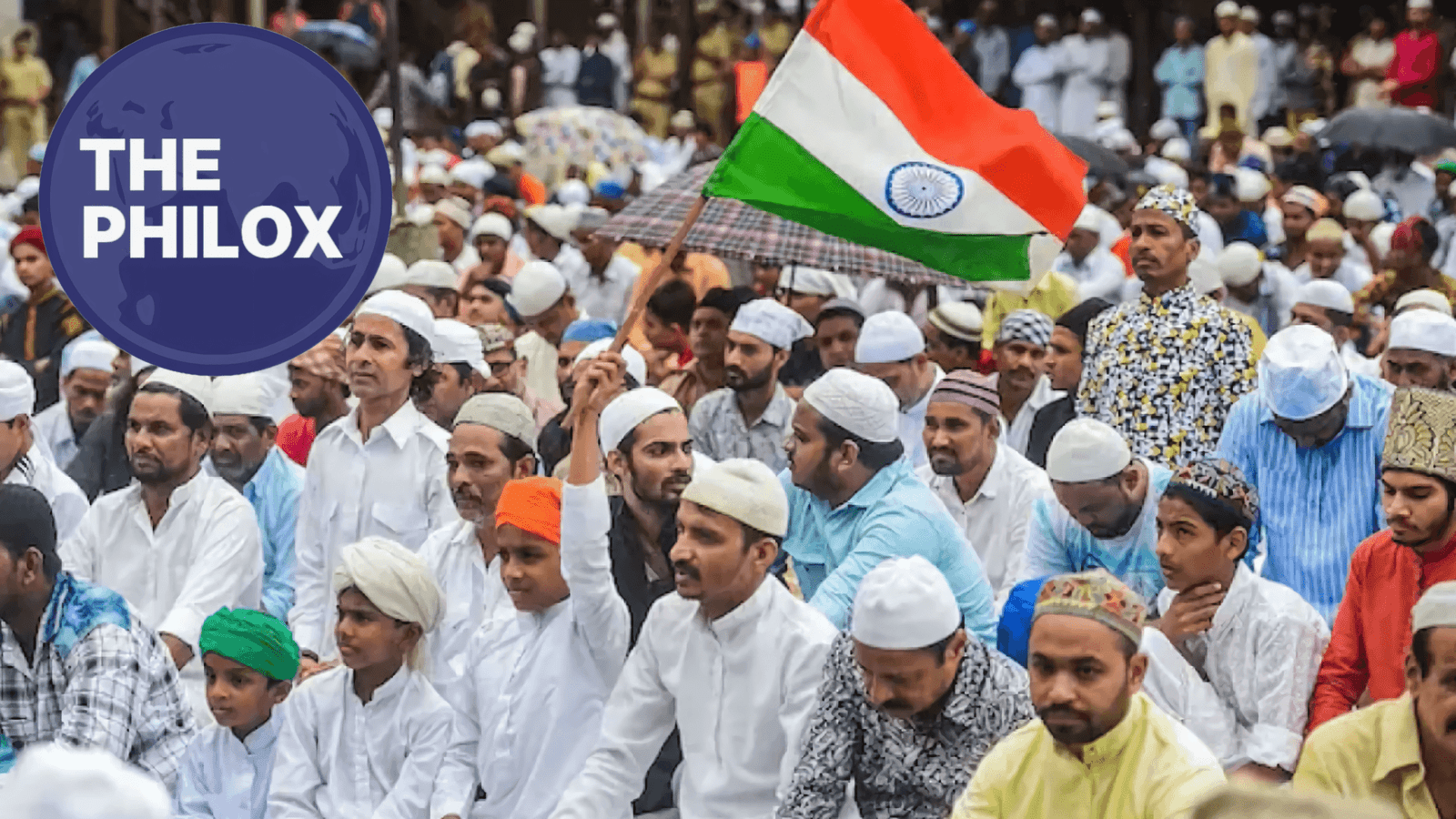
Introduction: A Crisis Growing Right Now
Punjab and Haryana’s water conflict has once more gotten close to boiling point. Water sharing becomes more important than ever as summer temperatures climb and water levels drop.
Sharing river waters—mostly the Sutlej and Yamuna—through the long-disputed Sutlej-Yamuna Link (SYL) canal drives the core of the conflict.
This canal was supposed to link the two rivers and let Haryana get its fair part from Punjab. Still, the canal is unfinished decades later.
Currently openly attacking each other are Chief Ministers Bhagwant Mann of Punjab and Nayab Singh Saini of Haryana.
Deepening political conflict between the two states calls for the Centre to intervene and provide a long-lasting solution.
The Conflict of the SYL Canal
For almost forty years, the fundamental focus of the water-sharing dispute has been the Sutlej-Yamuna Link canal. Other states include Punjab and Haryana signed a water-sharing pact in 1981.
This agreement said that the Sutlej river was supposed to provide Haryana 3.5 million acre-feet (MAF) of water. The SYL canal was meant to be built to move this water from Punjab to Haryana.
Haryana finished its share of the canal; Punjab has regularly delayed or refused to finish its section, claiming a water scarcity for its own requirements.
Punjab contends that building the canal would hurt its farmers since it does not have extra water to distribute. Conversely, Haryana says it has a constitutional and legal right to its fair part of water.
With the Supreme Court of India consistently ordering Punjab to finish the canal, this standoff has now become really dangerous.
The state government has pushed back, meanwhile, claiming that given the current circumstances water-sharing must be examined.
Current Conflict Between the Chief Ministers
The war of words between the two Chief Ministers has gotten fierce the past week. Haryana CM Nayab Singh Saini charged the Punjab government of purposefully depriving Haryana its due share of water.
He claimed that the SYL canal’s construction delay directly targeted the Haryana farmers, who already deal with water shortage.
Punjab CM Bhagwant Mann responded vehemently defending his state’s stance. Punjab was already suffering a serious water scarcity, he added, so it would not be possible to afford to provide water.
According to Mann, around 75% of Punjab’s groundwater is already overused; any further pressure would irreversibly harm agriculture and the surroundings.
He also questioned the reasoning behind giving water to another state while his own farmers are suffering. Mann asked the Centre to do a new survey to find out whether Punjab truly had more water to distribute.
Affect on Common People and Farmers
People living in both states directly suffer from the continuous water conflict. Farmers in Punjab especially rely on canal networks and groundwater for irrigation.
Already a cause for worry is the declining water table; any more pressure on water supplies could cause agricultural output to collapse.

Particularly in the southern and western areas of Haryana, the water constraint has already started to influence crop output.
Many farmers report they cannot properly water their farms, which will probably result in debt and financial losses.
Apart from the farmers, common people are also under strain. Many rural and urban areas’ water supplies are becoming erratic, hence residents are depending more on tankers and private sources.
Tensions in Politics and Law
The SYL canal problem is become a huge political flashpoint rather not only a legal one. Although the Supreme Court has rendered several rulings ordering Punjab to finish the canal, political and public resistance in the state has stopped the project.
Political parties in both states have mobilized support using the topic. Fearing public reaction, most parties in Punjab, including the opposition Congress and Akali Dal as well as the ruling Aam Aadmi Party, have stood together against the SYL project.
Leaders from all political backgrounds in Haryana have sought quick response to finish the canal.
Respecting court rulings, the Centre finds itself in a challenging position trying to keep peace between the two states. Though with limited success thus far, the Union government has tried to act as a middleman.
Environment Issues
Apart from political and legal aspects, environmental issues occupy central stage in the argument. Experts have cautioned Punjab’s groundwater levels are shockingly low.
Building the SYL canal and redirecting more water might harm the ecology over time.
Punjab contends that its rivers’ insufficient flow would not allow it to meet the 1981 agreement. Before any action is done, the state has insisted on a new scientific evaluation of river flows and water availability.
Conversely, Haryana claims that environmental issues are being utilized as a justification. It says Punjab is merely neglecting its obligations and that scientific evidence shows water can be shared without harming anything.
Demand fresh surveys and dialogue.
Many voices, including scientists and social activists, are asking for a sensible and pragmatic solution as tensions climb. They contend that both states have to come out and agree on a fresh water-sharing scheme based on present reality.
Many parties have proposed a fresh hydrological survey, which would change the region’s water availability and needs.
This would enable the courts and the Centre to base decisions on revised knowledge instead of out-of-date rules.
Without a civilized conversation, the problem is probably going to get worse, particularly since demand increases and climate change causes even greater scarcity of water.
In essence, a crisis requiring immediate resolution
The water situation in Punjab-Haryana goes beyond mere political struggle. It influences the life of millions of people and has broad effects on regional harmony, environment, and industry.
The contentious debate of words between Chief Ministers Bhagwant Mann and Nayab Singh Saini has intensified the problem.
But rather than blame games, what is required is a reasonable and open approach that strikes a compromise between legal rights, environmental safety, and human needs.
Cooperation is the only way ahead since both nations suffer from water shortage.
Should this problem not be quickly fixed, the area might experience a full-fledged humanitarian disaster.

Both states have to agree to compromise in the benefit of the people, and the Centre has to intervene more aggressively.







